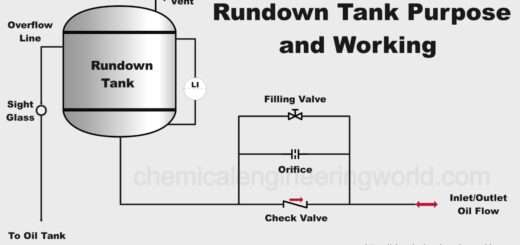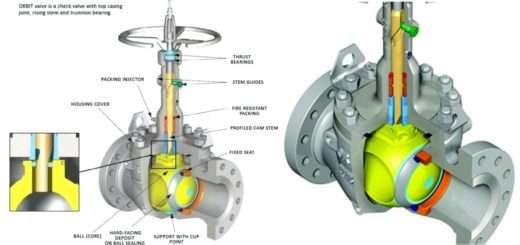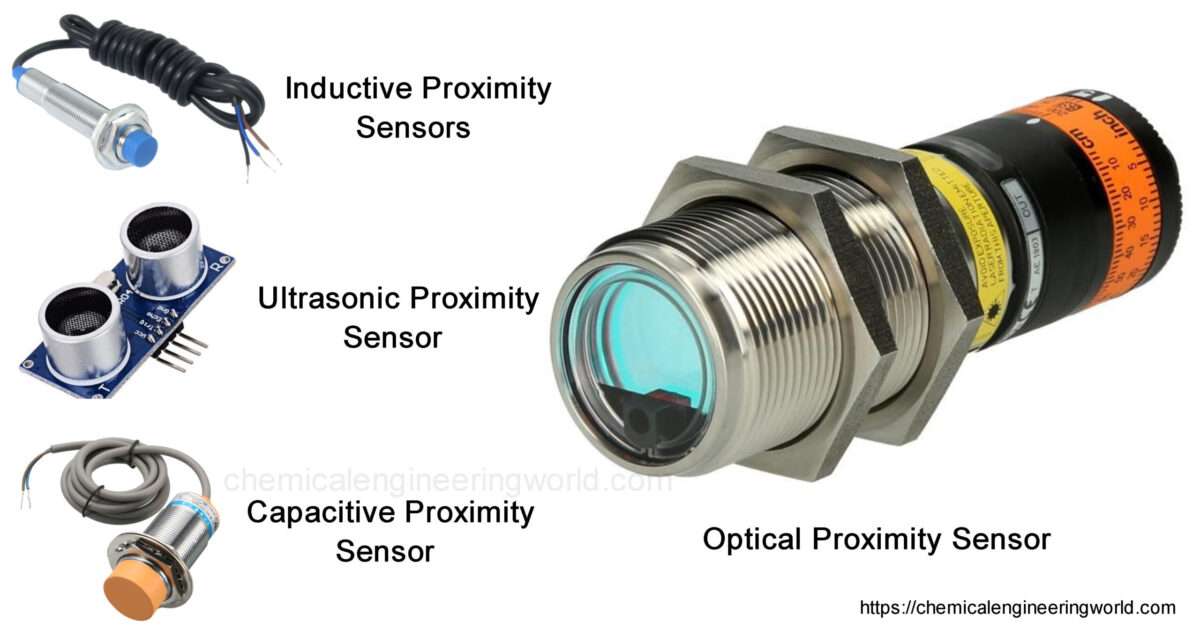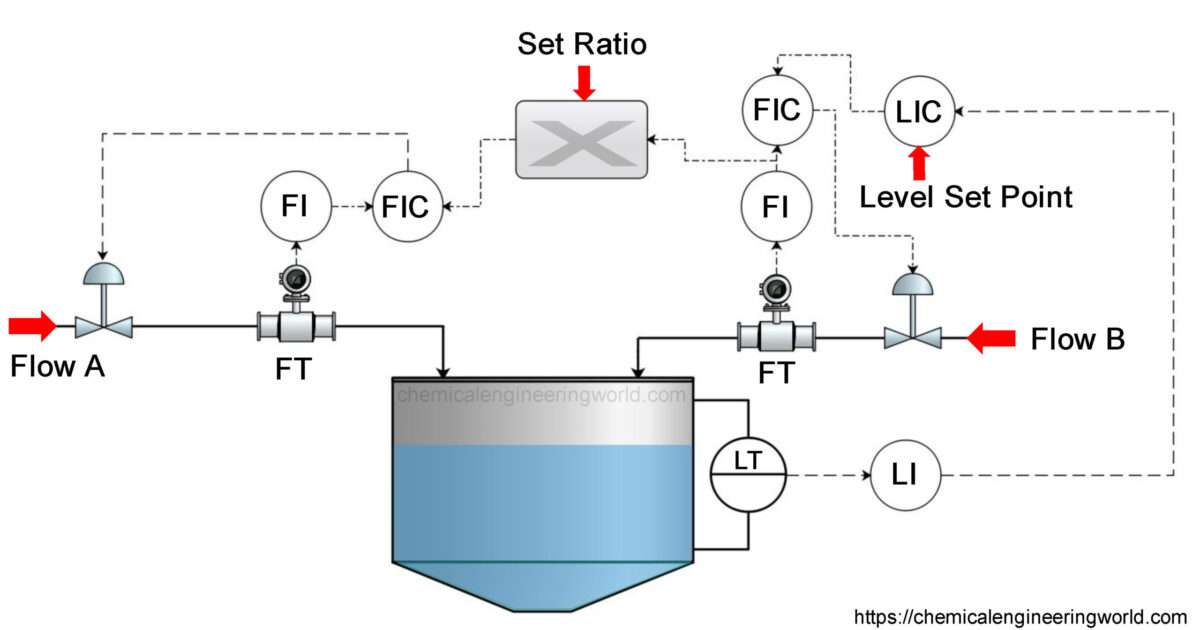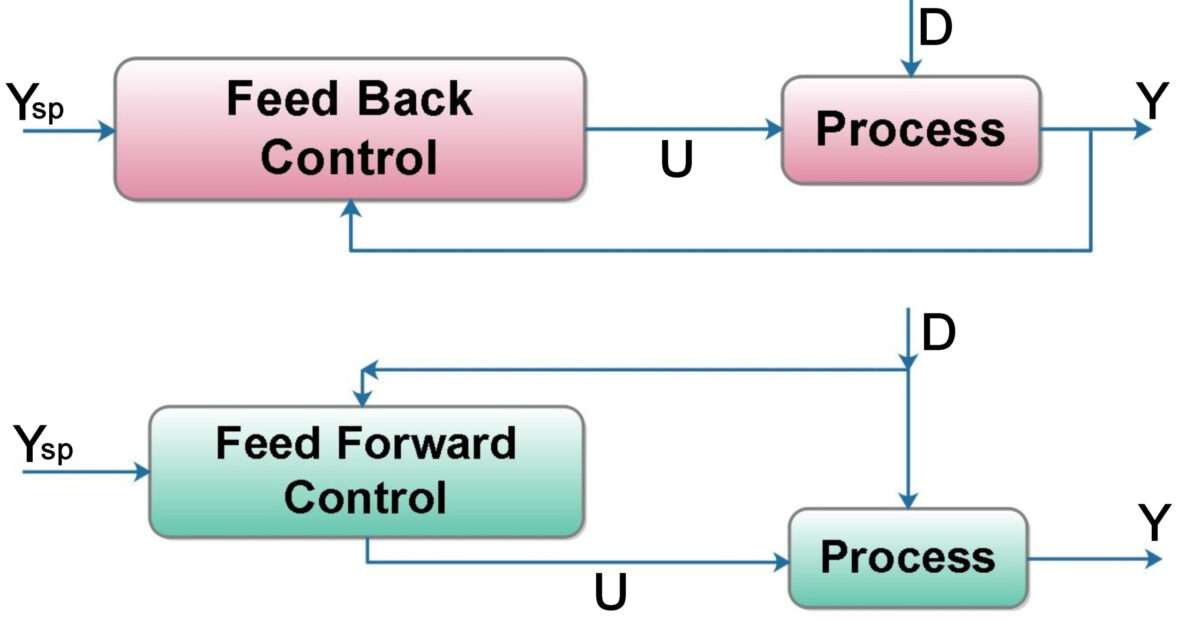Filtration Definition and Types

- Filtration Definition :- The separation of solids from a suspension in a liquid with the help of a porous medium or screen which retains the solids and allows the liquid to pass is termed as filtration.
- The operation of separating a solid from a liquid by means of a porous medium (usually a wire or fabric filter cloth) is called as filtration. The medium retains the solid in the form of a porous cake, while the liquid passes through it.
- The mechanical separation of a solid from suspension in a liquid by passage through a porous medium which retains the solid and allows the liquid to pass is called as filtration.
- In filtration operation, the volume of the suspensions to be handled may vary from extremely large quantities (as in water purification) to relatively small quantities (as in the fine chemical industry), the suspensions may contain small or large proportions of solids and the valuable product may be the solid, the liquid, or both or sometimes none of them (e.g., the waste solids to be separated from a waste liquid prior to the disposal). The driving force required for a separation by filtration based upon the nature of a suspension may be divided into four categories, namely gravity vacuum, pressure and centrifugal.
- Separation of suspended impurities from water (in water purification), separation of solid organic and inorganic materials from their slurry such as calcium carbonate ammonium sulphate, sugar, paranitroaniline, etc. are some examples of filtration.
Types of Filtration
Basically, there are two types of filtration.

(A) Cake filtration
In cake filtration, the proportion of solids in the suspension is large and most of the solid particles are collected in the cake which can later be detached from the filter medium.
(B) Deep bed filtration
In deep bed filtration, the proportion of solids is very small and the particles of the solid being smaller than the pores of the filter medium will penetrate a considerable depth and ultimately get trapped inside the filter medium and usually no layer of solids will appear on the surface of the medium (e.g., water filtration).




